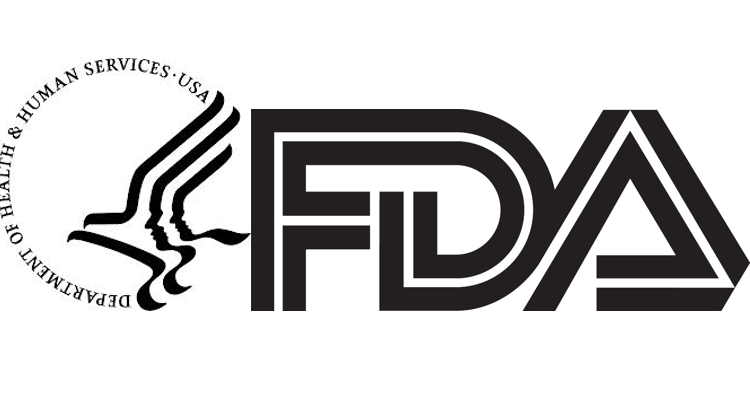On August 6, 2018, the United States Food and Drug Administration (FDA) released draft guidance, Opioid Use Disorder: Endpoints for Demonstrating Effectiveness of Drugs for Medication-Assisted Treatment Guidance for Industry. The guidance attempts to encourage the development of new medication-assisted treatment (MAT) drugs for the treatment of opioid use disorder (OUD). The recommendations within the guidance outline new ways for drug developers to measure and demonstrate the effectiveness and benefits of new or existing MAT drugs.
FDA Commissioner Scott Gottlieb announced the agency will consider additional factors beyond whether a drug simply reduces opioid use, such as a treatment’s ability to reduce overdose rates or the transmission of infectious diseases.
FDA stated that drug developers generally use reduction in drug-taking behavior as an endpoint to evaluate effectiveness for FDA approval. However, the new draft guidance identifies additional potential clinical endpoints and other outcome measures that drug developers may consider in evaluating effectiveness for the purpose approval. It is important to note, though, that the expanded pathway may require larger clinical trials, and therefore pharmaceutical developers are encouraged to discuss their plans with the FDA early in the development process.
Other endpoints discussed in the guidance include: reductions in a drug’s impact on overall mortality or overdose mortality, emergency medical interventions, and Hepatitis C seroconversion; the proportion of patients that transition from meeting criteria for being diagnosed with moderate to severe OUD – based on both drug use and its impact on patient wellbeing – at baseline to being considered in remission at the end of the study; improvements in the ability to resume work, school, or other productive activity may also demonstrate clinical benefit to the FDA; and evaluation of patient report outcomes on most concerning symptoms/experiences associated with OUD.
FDA did acknowledge that the burden of the larger trials would be necessary to evaluate these outcomes. However, the guidance states that, “the collection of data on clinically meaningful outcomes would be highly valuable, and FDA encourages sponsors to consider collecting such data even if not intended to support a regulatory decision. Furthermore, the use of these outcomes as clinical trial endpoints could provide the basis for inclusion in the FDA-approved labeling.”
The draft guidance builds on another draft guidance released by the administration in April, which outlined the FDA’s current thinking about drug development and trial design issues relevant to the study of depot buprenorphine products. The FDA also recently published a paper with the National Institute on Drug Abuse that describes efforts to overcome some of the barriers to new drug development and the issues with determining effectiveness.
Currently, three drugs have been approved by the FDA to treat opioid use disorder, including buprenorphine, methadone, and naltrexone. Department of Health and Human Services (HHS) Secretary Alex Azar noted that the new guidances have the potential to bring new medications to market that are more closely tailored to patient needs and help give Americans facing addiction a better chance at recovery.
“The Trump Administration is pursuing every opportunity to address our country’s opioid epidemic and support patients struggling with opioid use disorder. This work at HHS includes placing a special priority on ensuring access to a full range of safe and effective options for medication-assisted treatment,” said HHS Secretary Alex Azar. “The evidence is clear: medication-assisted treatment works, and it is a key piece of defeating the drug crisis facing our country. The FDA’s new guidances have the potential to bring new medications to market that are more closely tailored to patient needs and help give Americans facing addiction a better chance at recovery.”
All comments on the draft guidance must be submitted by October 9, 2018, to ensure the Agency reviews and considers your comments before it begins work on the final version of the guidance.

